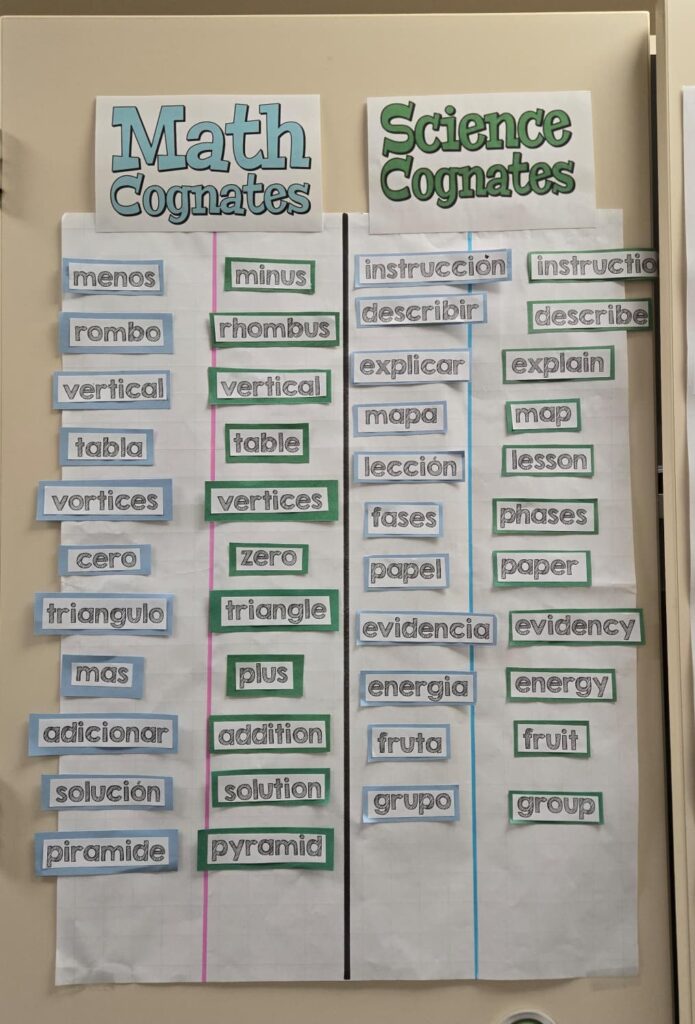
I recently had the opportunity to attend a district training focused on the SIOP Model (Sheltered Instruction Observation Protocol), a powerful framework designed to ensure that English learners (ELs) have equitable access to academic content while developing their English language skills.
As a Kindergarten teacher, learning about SIOP made me reflect deeply on the importance of creating safe, language-rich, and visually accessible spaces for young learners. Our students come to the classroom with varying levels of English exposure, and our role as educators goes beyond simply teaching content we are building bridges toward understanding, confidence, and independence.
One key idea that stood out to me during the training was that “instruction must be planned and delivered with clear content and language objectives” (Echevarría, Vogt, & Short, 2017). This means that every moment in the classroom can become an opportunity for students not only to learn math, science, or social studies but also to acquire vocabulary, sentence structures, and social language in English.
In our classroom, we have intentionally chosen to teach math entirely in English. At first, this can seem challenging, but I’ve seen how our students begin to use terms like more, less, how many, and count with growing confidence. Through visual routines, songs, hands-on manipulatives, and lots of repetition, the children are not just learning how to solve math problems they’re emerging into a new language with joy and curiosity.
Planning our lessons with clarity and purpose is essential. More than just completing a template, lesson planning is about envisioning how the learning experience will unfold for our students. A lesson can easily become boring or exciting depending on how we, as teachers, present it. That’s why being creative and intentional with our instructional approach is key to making learning memorable and meaningful.
Technology also offers us a valuable opportunity to reinforce learning. When we integrate videos, interactive games, or QR codes that guide students through independent practice, we support their language development and allow them to revisit concepts at their own pace. These tools can help clarify academic content while building autonomy and confidence.
Additionally, visual tools like anchor charts are powerful resources for emergent bilingual learners. They serve as constant references in the classroom, supporting vocabulary acquisition, reinforcing strategies, and helping students connect new information with what they already know. Combined with a welcoming and motivating environment, anchor charts can empower students to participate more actively and take ownership of their learning.
The SIOP model reminds us to incorporate strategies such as:
- Constant visual support (pictures, gestures, anchor charts, manipulatives).
- Frequent opportunities for structured peer interaction.
- Clear and consistent language and content objectives.
- Meaningful connections to students’ background knowledge.
- Integration of technology to support language and content development.
Implementing SIOP doesn’t mean doing more it means doing better, with greater intentionality and care. It’s a shift in mindset that transforms the way we view our emergent bilingual students: not as being at a disadvantage, but as capable, resilient learners who are building a future in more than one language.
In what ways can we use creativity, technology, and intentional planning to help our students thrive both academically and linguistically?
APA Reference:
Echevarría, J., Vogt, M. E., & Short, D. J. (2017). Making content comprehensible for English learners: The SIOP model (5th ed.). Pearson.